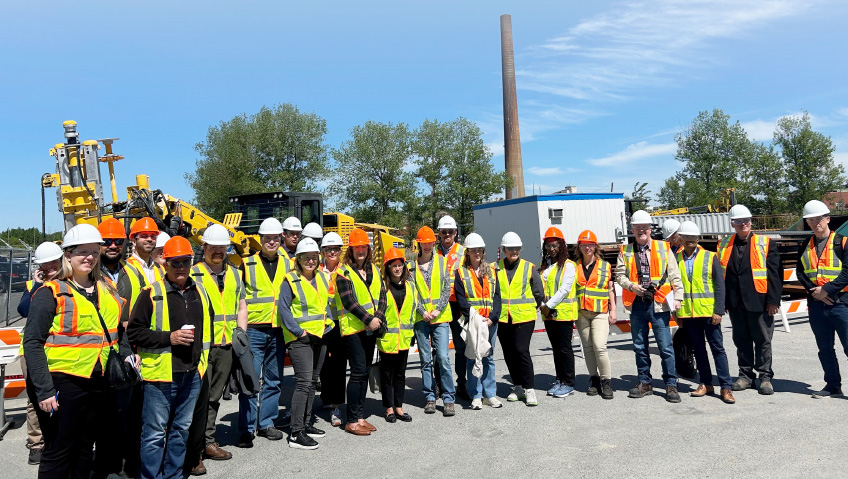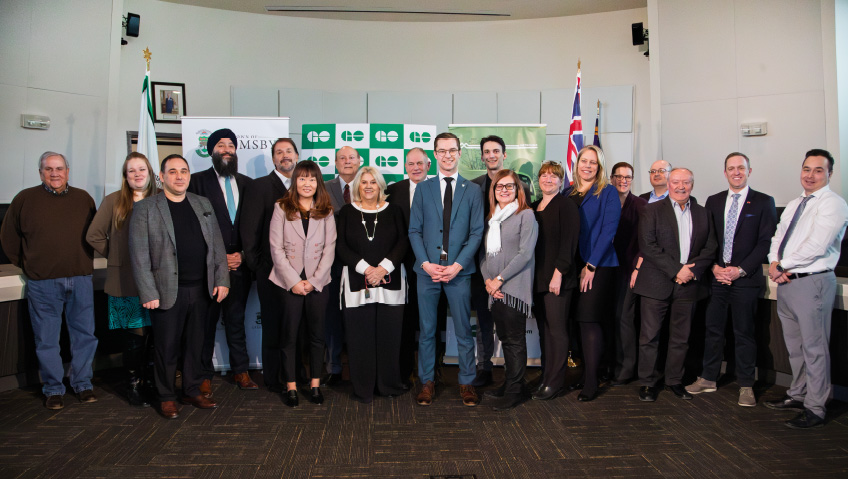“Diversity, or the state of being different, isn’t the same as inclusion. One is a description of what is, while the other describes a style of interaction essential to effective teams and organizations.” — Psychologist Bill Crawford
To be competitive in the global knowledge economy takes more than offering the best products and exceptional service delivery; it requires a re-imagining of how companies are organized and a new and innovative approach to how business is done. This is particularly true of improved organizational diversity.
Improving organizational diversity has been a priority since the passage of the Civil Rights Act in 1964, a time when women represented only a fraction of the formal workforce and racial minorities were represented even less.
Thanks to changing perspectives, affirmative action programs and other progressive policies, minority representation in the workplace has improved, but barriers to entry that prevent full and equal participation in the workplace still exist. This means greater efforts are needed to increase diversity at every level of the organization, from entry level to executive positions.
Organizational diversity, according to the Society for Human Resource Management (SHRM), includes differences related to gender, race, and religious differences, but also different personality types, languages, ranging physical and cognitive abilities, sexual orientation, cultures, and experiences.
Walking the walk
Organizational diversity is about more than appearing diverse. It’s about actually being diverse, leveraging new ideas to solve existing problems. It’s not a slogan or a box to be checked, but an investment in an organization’s capacity that has been linked to improved organizational and financial performance.
According to a study by McKinsey & Company, there is a positive correlation between diversity and improved financial performance and also between a lack of diversity and under-performance. Consumers are increasingly aware and use their purchasing power to support sustainable and equitable products and companies.
Improved organizational diversity is not only better for the bottom line, it supports enhanced creativity, encourages innovation, and leads to more sound decision making. Companies that not only adopt a diversity strategy, but actually implement those strategies benefit from what is called a diversity dividend.
A diversity dividend is a reward, and often manifests itself as improved financial performance that exceeds both expectations and industry medians; that proves that persisting racism and discriminatory ideals are bad for society and bad for business as well.
A truly effective diversity strategy will take into account the various cultures, traditions, and customs, as well as the various intergenerational problems of exclusion, such as unequal access to safe and affordable housing, food, and education, and exposure to systemic racism in the criminal justice system, without stigmatizing people further.
A holistic approach
While there is no one-size-fits-all approach to improving workforce inclusivity, piecemeal approaches will certainly fall short. Achieving organizational diversity in the workplace requires a multifaceted approach that takes into consideration recruiting, hiring, and training strategies, and identifies and eliminates existing barriers to entry.
Since 1995, programs like the Minority Worker Training Program (MWTP), provide pre-employment, health, and safety training to people from underserved communities to help them reduce the barriers to full and sustainable employment opportunities.
The MWTP is part of the National Institute of Environmental Health Sciences (NIEHS) Worker Education and Training Program (WETP), which has been responsible for training more than three million workers since it was established in 1987. It is one of the ways that the government is addressing health disparities and issues of environmental justice that act as barriers to employment.
Effective minority workforce development programs will focus on both the discriminated and the discriminators. They must not only be concerned with job training and work attainment but also with skills matching, which removes some of the onus from the job seeker and places it on the employer to ensure that opportunities are going to those who are fit for the position.
Stamp out the stereotype
Stereotypes are one of the greatest barriers to equal representation in the workplace, both internal and external. While discrimination exists and must be challenged, there are other generalizations that have implications for minority workforce representation, multi-generational expectations or gendered or racial job stereotypes. Think women as caregivers – this kind of stereotype limits aspirations.
There are many socioeconomic conditions that can limit educational and career success and much of it has to do with access. Proximity, for instance, and the spatial aspect of employment is often overlooked, as people in lower income neighbourhoods are likely to have to travel further distances for good work and quality schools, relying on underfunded public transit systems to do so.
While skills training and job placement programs are great for those who are actively engaged in the job market, it is also necessary to re-engage those who have been left behind. Active and targeted recruitment campaigns focused on certain communities on a local level is an important part of the overall strategy.
The value of youth
This is especially true of youth, who are most impacted by weak economies and are likely to struggle to find meaningful employment more than their adult counterparts. The most effective workforce development strategies will support people through their entire employment journey.
According to a report entitled OECD Local and Economic Market Success for Ethnic Minority and Immigrant Youth, “harnessing the potential of youth at the local level can offer significant comparative advantages to local economies, labour markets and communities. Young migrants offer important economic, social and cultural assets which are increasingly valued in today’s globalized world, a world in which, with the growing importance of the knowledge economy, the battle for talent is just as critical as the battle for inward investment.”
Mentorship helps to raise aspirations, build greater networks, create funding opportunities, ensure that prospective employees are job ready and have the skills necessary to make their career dreams a reality. Investing in education is an investment in a child’s future, that not only incentivizes them to succeed but contributes to the overall strength and growth of the community.
By increasing funding opportunities, resources, and systems of support, as well as adopting new ways of teaching and learning that reaches people where they are, school completion rates are likely to improve and the needs of industry will be better addressed by the available skill sets being developed to ensure greater economic participation for all.
Who you know
As many people know, it is about who you know, not what you know that often leads to career opportunities. When professional networks are limited, this is not possible. One of the ways to improve the rate of both youth and minority participation in the workforce is to improve the links between the educational and business community.
This is a simple, localized approach to workforce development that can be extremely impactful for the community and the economy, since the locality is where the labour market, educational institutions, job seekers and employers intersect. The best place to start when taking an issue-based local approach is to conduct a needs assessment and evaluate existing programs to inform the process.
The adequacy of data is an important part of success in this regard, as policy makers and stakeholders can identify issues of supply and demand and more adequately address them using targeted training and apprenticeship programs that align the needs of industry with the available workforce.
Training for opportunity
Despite rising rates of unemployment, talent is still in demand in sectors like construction and advanced manufacturing. While there is an available labour pool, workers need to be made aware of the opportunities that are available and require training to be able to take advantage of those opportunities.
Given the rapid rate of innovation and technological advancement that is taking place and the required evolution of the skills to support these positions, retraining often falls to employers who may not realize a reserve labour force is ready to be trained and put into action. This is especially true of minority workers who, given the chance, would be happy to take on the challenge.
Adopting a local approach to address local needs can be extremely resource intensive, so an effective alternative is a partnership-based approach, which brings together the private and public sector and enables resource pooling and sharing in the interest of attaining shared goals collaboratively.
Paying off
Wage and training subsidies are available to support these efforts and many operations, but again, stronger networks need to be formulated to ensure that the needs of industry and the needs of various communities align. The good news is, there is proof that these efforts are paying off.
Over the years, as accountability improved and the government more closely monitored and evaluated existing strategies and policies, the representation of minorities in the workforce has improved, but more needs to be done to ensure that representation is present at all organizational levels.
The U.S. Bureau of Labor Statistics projects that the number of women in the U.S. labour force will reach 92 million in 2050, up from 41 million in 1977 and 71 million in 2017. The same data shows a similar trend for African American, Asian American, and Hispanic workers in the U.S. economy, though there is less representation in executive positions.
Regardless of the approach taken, improved organizational diversity is a simple way to create a just, equitable, innovative organizational culture that is good for the bottom line and good for the community. It can no longer be overlooked, because those who fail to adapt will suffer the consequences.






